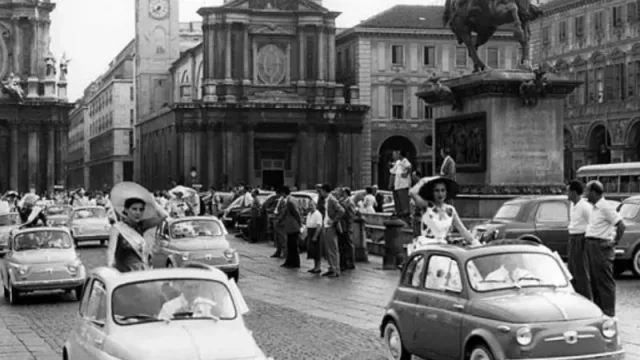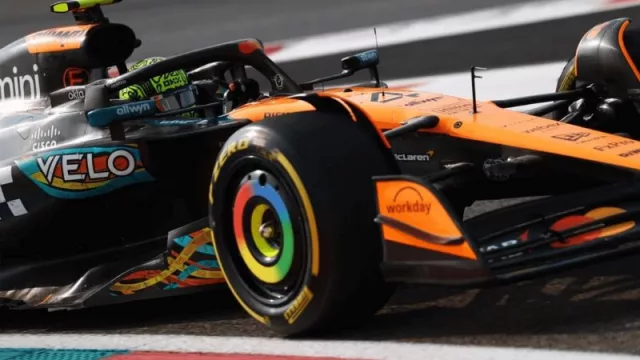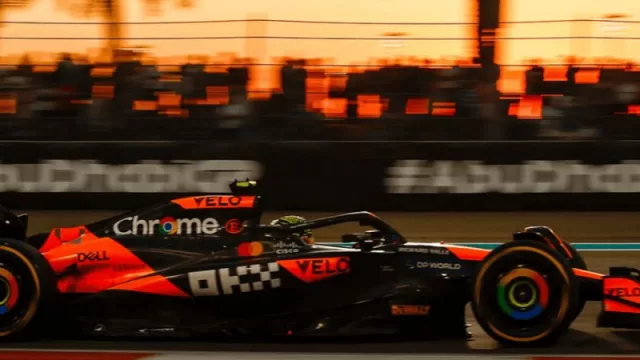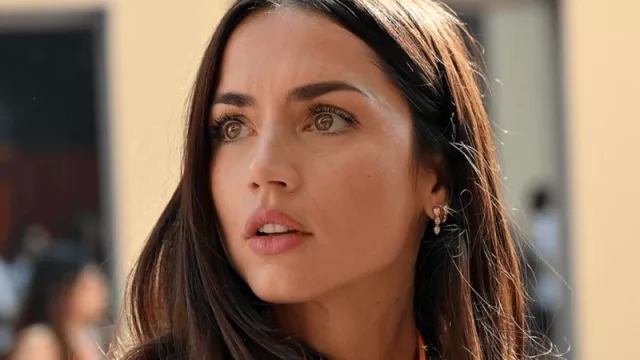Micro-Note IN Miami
Fiat’s story reveals how a savvy acquisition strategy, combined with innovation and crisis management, transformed an Italian automaker into a global automotive giant. From buying iconic Italian brands to taking control of Ferrari, Fiat has demonstrated that long-term vision, diversification, and crisis navigation are key to sustained growth.
The Fiat Legacy & Key Lessons for Success
Fiat’s history teaches us that business growth doesn’t always require rapid expansion—it hinges on strategic precision, crisis management, and constant reinvention. When acquisitions are guided by a future-oriented approach and risk management, they can turn a company into a legacy of influence, wealth, and prestige. Today, Fiat, Stellantis, and Ferrari exemplify how blending tradition, innovation, and strategic purchasing creates a lasting mark in the global auto industry.
Fiat’s Playbook for Dominating the Auto World
Are you curious about how Fiat, through a series of strategic acquisitions, has cemented its dominance in the global automotive market? What leadership and business strategy lessons can we learn from their evolution? This article reveals all, with real data, in-depth analysis, and practical tips to elevate your own enterprise.
In a Market Overcrowded With Competition, Only the Strategic and Reinventive Thrive
In an environment where competition intensifies every decade, only companies with sharp vision and adaptability manage to stay ahead and grow.
Fiat—Italy’s iconic brand—didn’t just survive economic and technological upheavals; it became a global colossus thanks to bold moves: acquiring key companies, diversifying its portfolio, and adopting a long-term outlook to rescue and elevate struggling brands.
"Today, Stellantis ranks as the 4th largest automaker worldwide, with a portfolio that includes luxury and volume brands."
1. Family Roots & Founding
-
Tip: Fiat was founded in 1899 in Turin by a group of investors led by Giovanni Agnelli, who became the iconic figure and symbol of the brand.
-
Key Fact: Giovanni Agnelli, known as "L'Avvocato", transformed Fiat into an industrial empire and a symbol of modern Italy’s economic renaissance.
2. Historical Icons of the Brand
-
Tip: The Fiat 501 (1910), one of the first affordable, mass-market cars, marked the beginning of Fiat’s legacy in accessible mobility.
-
Tip: The Fiat 500 (1957) became a cultural icon, representing post-war Italy’s resilience and one of the best-selling cars of all time.
-
Tip: Models like the Panda, Uno, and Tipo revolutionized compact car segments, making affordable, efficient vehicles a global standard.
3. Industrial Diversification
-
Tip: Fiat didn’t limit itself to cars; it expanded into tractors, agricultural machinery, railway equipment, trains, and even helicopters.
-
Key Fact: In 1919, Fiat acquired its tractor division, which became a global leader under brands like New Holland (now part of CNH Industrial).
-
Tip: They also produced rail cars and locomotives in Italy and abroad, establishing a strong footprint in transportation infrastructure.
4. Global Presence & Manufacturing Hubs
-
Tip: Fiat established key factories in Turin, Cassino, Melfi (Italy), Betim and Poços de Caldas (Brazil), Poland, Turkey, and during the Chrysler era, in Mississippi and Ohio (USA).
-
Key Fact: In 2014, Fiat acquired a controlling stake in Chrysler, significantly expanding its footprint in North America and giving it access to the US market.
-
Tip: In Brazil, Fiat became the market leader, with manufacturing plants that sustain its dominance in Latin America.
5. Legacy & Modern-Day Impact
-
Tip: The Agnelli family, still controlling Stellantis, continues to uphold Fiat’s legacy of innovation, diversification, and leadership in global mobility.
-
Key Fact: Fiat remains a symbol of Italian engineering, blending tradition with cutting-edge electric and sustainable mobility initiatives.
How Fiat Continues to Lead Stellantis Worldwide, Despite an 11% Drop in 2024 Sales
Despite facing a challenging global auto market, Fiat remains the flagship brand of Stellantis on the global stage. With over 1.2 million units sold in 2024, the Italian icon has secured its leadership position for the fourth straight year. Even with an 11% decline compared to 2023, Fiat’s strategic and commercial influence goes far beyond just the numbers — it continues to be a core pillar within the automotive giant’s overall structure.
Fiat in Numbers: A Legacy of Steady Leadership
In 2024, Fiat sold approximately 1.2 million cars worldwide, down from 1.35 million units in 2023.
The 11% decrease reflects some market headwinds, especially in Europe, where sales dipped by 20.4%.
Yet, despite the slowdown, Fiat still tops Stellantis’ global brand lineup in volume, outperforming other key brands within the group.
The Power of Fiat in Key Markets
Brazil: The Crown Jewel
Fiat moved 521,000 units in Brazil in 2024, representing 43% of its global sales and a solid 9.5% growth over 2023.
The brand maintains a dominant hold with a market share of 20.9%, slightly down from 21.8%.
The Fiat Strada pickup remains Brazil’s best-selling vehicle for the fourth consecutive year, with 144,000 units sold, solidifying its iconic status in the country's mobility landscape.
Italy: The Home Base That Still Supports
Back in Italy, Fiat was again the top-selling brand in 2024, with 190,000 units sold and a market share of 10.8%.
The aging but still popular Fiat Panda continues to lead sales with 102,000 units, accounting for more than half of the brand’s total volume in Italy.
The light commercial vehicle segment also performed well, with 46,000 units sold and a market share of 23.6%.
Turkey and Algeria: Growing Markets
In Turkey, Fiat extends its dominance for the sixth straight year, capturing an 11.2% market share. The Fiat Egea (known as Tipo elsewhere) led the country’s sales with 84,000 units.
In Algeria, Fiat commands a 62% market share, with the Doblò as the top seller — 27,000 units sold in 2024, though it’s a slight drop from the 78.6% share in 2023.
What’s Happening in Europe and the U.S.?
Europe: Challenges and Opportunities
Although Fiat doesn’t release detailed figures for Europe, according to ACEA, the brand sold roughly 304,000 units across the European Union, UK, Norway, Iceland, and Switzerland in 2024 — a sharp 20.4% decline.
Within the Stellantis family, Fiat ranks behind Peugeot, Opel, and Citroën but ahead of Jeep.
The brand continues to lead in urban mobility with the Fiat Panda and remains a top contender in the electric city car segment with the 500e.
U.S. Market: A Niche Play
In the United States, Fiat’s sales totaled just 1,528 units in 2024, a tiny fraction compared to its global numbers. However, that’s a 154% increase over 2023, when the brand only moved 605 units.
The U.S. strategy remains focused on niche positioning and lifestyle branding rather than volume — but the trend indicates potential growth, especially with upcoming hybrid and electric models.
Don’t Miss Out — Stay Tuned for More Insights on This Amazing Automotive Group
Keep following this space for deeper dives into how Fiat, Stellantis, and their innovative lineup are shaping the future of mobility.
Enjoyed this story? Share it with your network!
Subscribe now to stay ahead of the curve
Subscribe for free to receive all strategic information and be part of the largest business and culture community across the Anglophone-Latino world!:
Contact Infonegocios MIAMI:
Read Smart, Be Smarter!












Tu opinión enriquece este artículo: